Tamron Blogs
More Photo Tips | Video Gallery | Photo Gallery | Enewsletter sign-up
How to Photograph Pets Beginner’s Guide
All pet owners want to learn how to photograph dogs and cats. Photographing pets can be a challenging experience, but once you have digested the tips in this pet photography guide and practiced a little, you will capture great portraits of your furry family members.
Avoid Harsh Sunlight and Flash and Opt for Natural Light Instead
Using a flash, especially one that is not bounced, can cause harsh shadows. The same is true of direct sunlight, which can also create harsh shadows and cause pets to squint. Instead, photograph your cat or dog in natural light, such as near a large window indoors or outdoors in indirect sunlight.
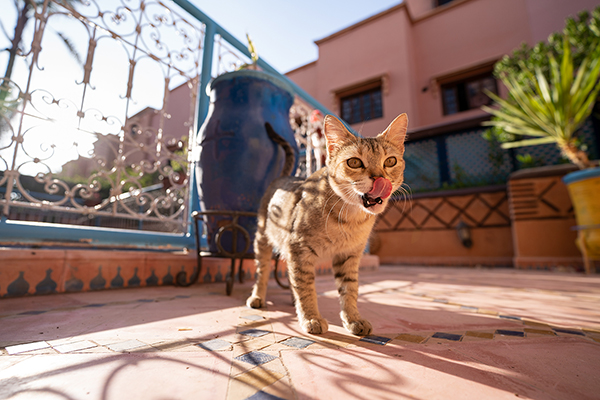
Click image to view larger
Zoom In and Out and Move Around
Using a zoom lens gives you a lot of flexibility to be creative when photographing your dogs and cats. You can zoom in from a further distance to capture shy pets. Moving around and changing your position will also lead to creative and fun images. Shoot from overhead or lay down on the floor to be at your pet’s level. Zoom in to capture close-ups of paws and whiskers or shoot at wide-angle to capture your pets in their environment.
Select the Right Camera Lens
Using a fast standard zoom lens will provide you great versatility for shooting indoors or outside, and its fast aperture lets you shoot in natural light with beautifully blurred backgrounds.
Recommended Lenses
1. TAMRON 28-75mm F/2.8 Di III VXD G2 for Sony E and Nikon Z mirrorless cameras. This fast standard zoom lens provides an ideal focal range for capturing portraits of cats and dogs. It delivers outstanding resolution and superb overall performance in a lightweight and compact zoom lens. Its F2.8 aperture provides soft, beautiful bokeh effects that will make your subject pop off the background for a professional look. The lens uses Tamron’s VXD autofocus motor for high speed, high precision autofocus, and excellent tracking for active pets. And its closeup capabilities are remarkable with its 7.1” MOD at the 28mm wide end, and a maximum magnification ratio of 1:2.7, to assist you in creating unique wide-angle close-ups. The 28-75mm F2.8 G2 is equipped with the Tamron Lens Utility™ that lets you easily perform customization and firmware updates from the lens Connector Port to your computer or via a smartphone with the Tamron Lens Utility Mobile app. This lens has weather sealing and a fluorine coating on the front element for easy cleaning and is compatible with Ø67mm filters.
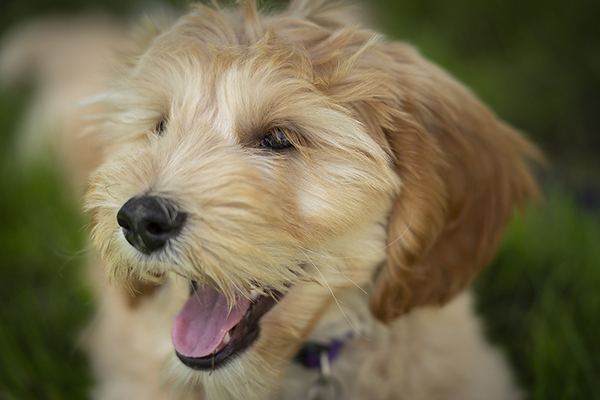
Click image to view larger
2. TAMRON 17-70mm F/2.8 Di III-A VC RXD for Sony E and Fujifilm X APS-C mirrorless cameras. This is the first zoom in its class to offer a 4.X zoom range with fast F2.8 constant aperture providing a full-frame equivalent range of 26-69mm. Its fast aperture lets you isolate your subject from the background and provides a beautiful background blur or bokeh. The RXD autofocus motor is extremely quiet and perfect for still photos and video alike. With the VC (Vibration Compensation) image stabilization, the lens supports easy handholding when chasing your active pet. And if you are creating video content, the lens fits easily on a gimbal or when handholding, the VC is assisted by AI for superb stabilization performance. This lens has weather sealing and a fluorine coating on the front element for easy cleaning and is compatible with Ø67mm filters.
v
3. TAMRON 20-40mm F/2.8 Di III VXD for Sony E-mount mirrorless cameras. This lens is an unparalleled fast-aperture standard zoom that delivers a fast F2.8 aperture across the entire zoom range and achieves a class-leading compact and lightweight design at just 3.4” and 12.9 oz. The lens offers a standard focal range of 40mm, handy for everyday shooting and pet photography, while the ultra-wide 20mm end lets you enjoy a broad range that is ideal for both for still photography and for creating video content of your cats and dogs. It provides exceptional close-up shooting with a 6.7” and 1:3.8 max. mag. ratio at 20mm for unique close-ups of your pets. It features Tamron’s acclaimed VXD autofocus for precision AF, even when panning and tracking your pet in motion. It is compatible with the TAMRON Lens Utility™ software for Focus Ring Function Setting and firmware updates. This lens has weather sealing and a fluorine coating on the front element for easy cleaning and is compatible with Ø67mm filters.
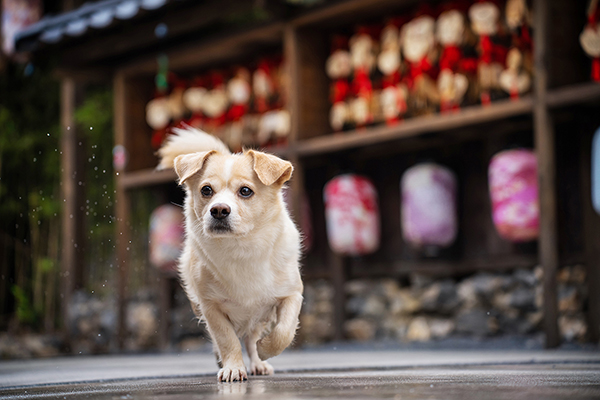
Click image to view larger
4. TAMRON 35-150mm F/2-2.8 Di III VXD for Sony E and Nikon Z mirrorless cameras. This unique fast aperture zoom lens covers wide-angle to telephoto in one lens and is ideal for pet portrait photography. It is the first zoom lens for Sony E-mount and Nikon Z mount full-frame mirrorless cameras to feature a maximum wide-open aperture of F2. With all the popular portrait focal lengths in one lens, it’s easy to compose the perfect shot of your pet without changing lenses or your position. The VXD (Voice-coil eXtreme-torque Drive) linear motor focus mechanism provides a very high-speed and high-precision autofocus. It is compatible with the TAMRON Lens Utility™ software for Focus Ring Function Setting and firmware updates. This lens has weather sealing and a fluorine coating on the front element for easy cleaning and is compatible with Ø82mm filters.
Freeze Action with a Fast Shutter Speed
Capturing your pets when they are playing and active can be tricky, so using a fast shutter speed to freeze the motion and avoid blurry photos is essential. Set your camera to the automatic sports mode for the fastest shutter speed your camera can attain in the given lighting condition. Or control the shutter speed easily by setting your camera to aperture-priority, choose the widest open aperture available such as f2.8 and your camera will select a fast shutter speed. If your images are not sharp, set your ISO higher.
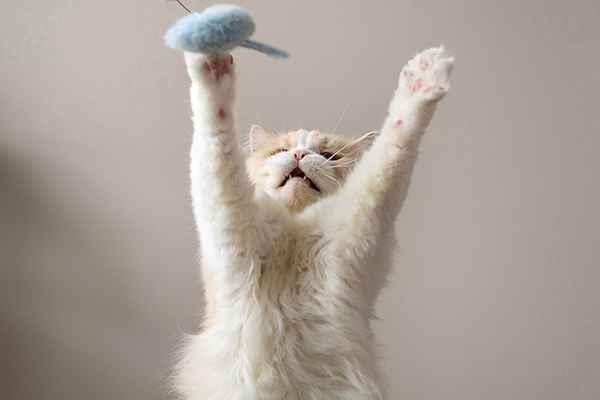
Click image to view larger
Make Pets Stand Out Against a Simple Background
Keep the focus on your pet by positioning them in front of a simple and uncluttered background to eliminate distractions and make your pet stand out in the photograph.
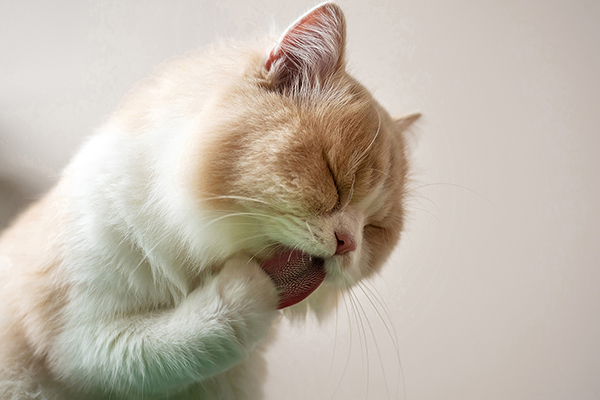
Click image to view larger
Put Yourself on Their Level
You can capture more engaging and intimate shots by either crouching down or laying on the floor to shoot from your pet's eye level. You can also use the articulating LCD screen on your camera to position the camera lower while still sitting or standing.
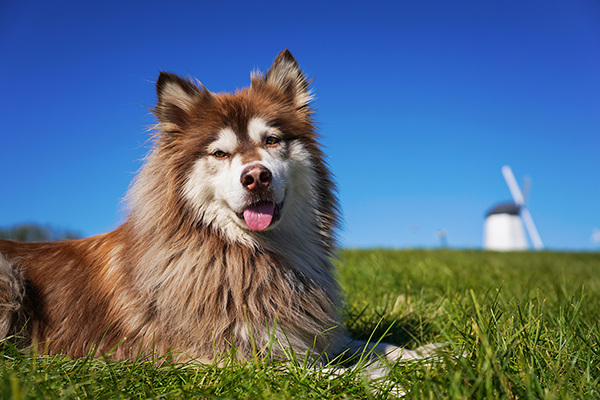
Click image to view larger
Focus on the Eyes
As with portraits of people, focusing on the eyes of pets is key for compelling pet portraits since the eyes are the most expressive part of your pet's face and can convey a range of emotions. Always focus on the eye that is closer to the camera. If your camera does not offer “pet eye AF” you may find using spot AF useful to be sure your focus is grabbing the eye.
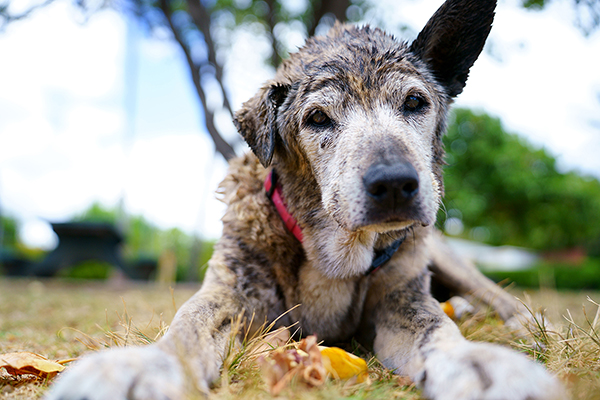
Click image to view larger
Get Your Pet’s Attention with Treats or Toys
To get your cat or dog to pose or look in a certain direction, use treats or toys to get their attention. Hold the treat or toy near your camera lens so that they look into your camera and capture their lively expressions.
Conclusion
We hope your questions on how to do dog photography and how to do cat photography have been answered in this How to Photograph Pets tutorial. Patience, creativity, and a bit of playfulness will go a long way in capturing beautiful and memorable pet portraits.
Related Articles
Want to learn more about photographing cats and dogs?
Download TAMRON Magazine Issue 3 with our cover story “The Expressive Life of Pets with Alex Cearns: Alex Cearns shares her secrets for creating unforgettable pet portraits.”
The Pups That Pose with Hana Kim
Tips for Pet Photography
The Expressive Life of Pets with Alex Cearns
More Photo Tips | Watch Videos | Learn More About Tamron Lenses | Photo Gallery